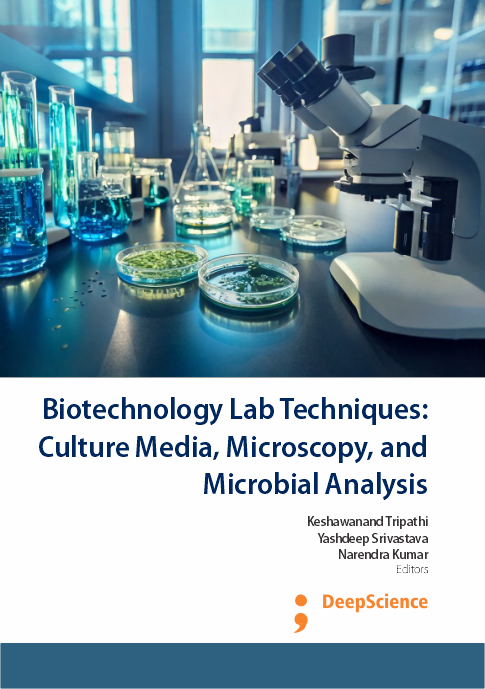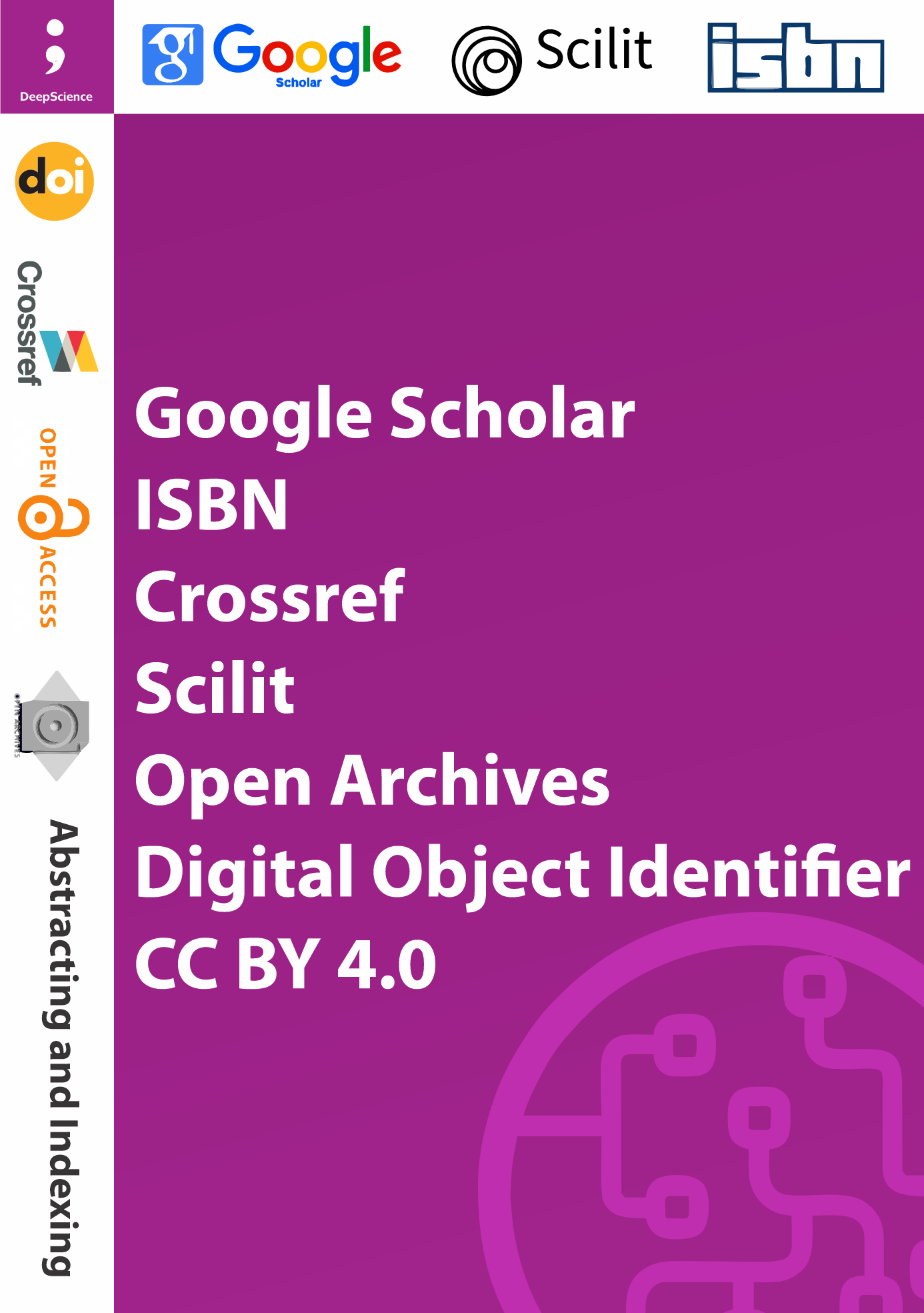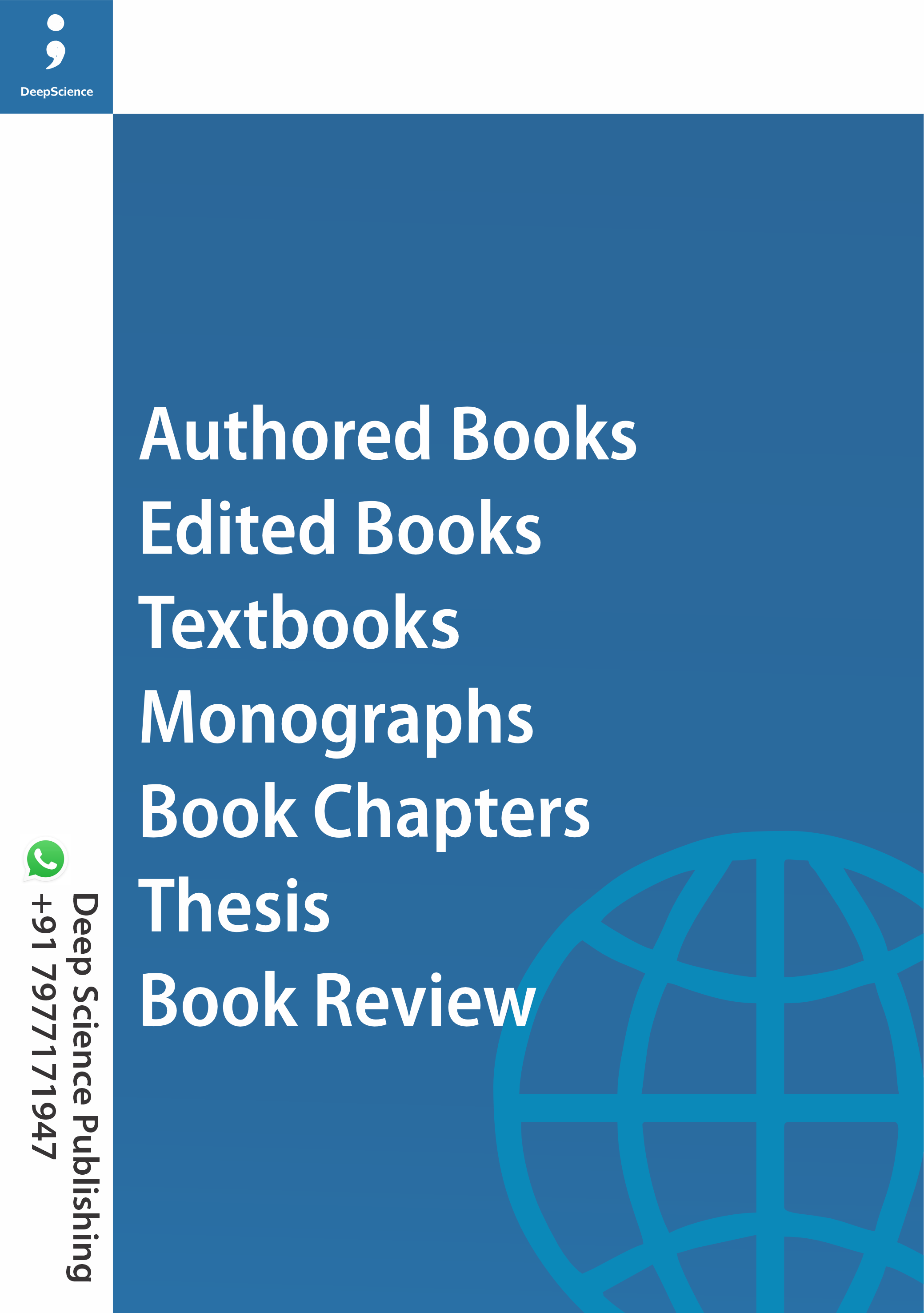Experimental validation of lambert-beer’s law: Principles, spectrophotometric analysis, and applications
Synopsis
Beer-Lambert law states that, the absorbance or transmittance value of any solution is directly correlated (proportional) with both the concentration of the absorbing substance within the solution and the distance light travels through it (Kellner et al., 2004; Srivastava et al., 2022). This relationship is fundamental in UV/Vis spectroscopy, where a fixed path length (typically the length of a cuvette) allows for precise determination of absorber concentration (Beer,1852). The concentration directly impacts absorbance: as concentration increases, so does light absorption, resulting in decreased transmission compared to solutions with lower concentrations (Swinehart, 1962; Lambert, 1970).














